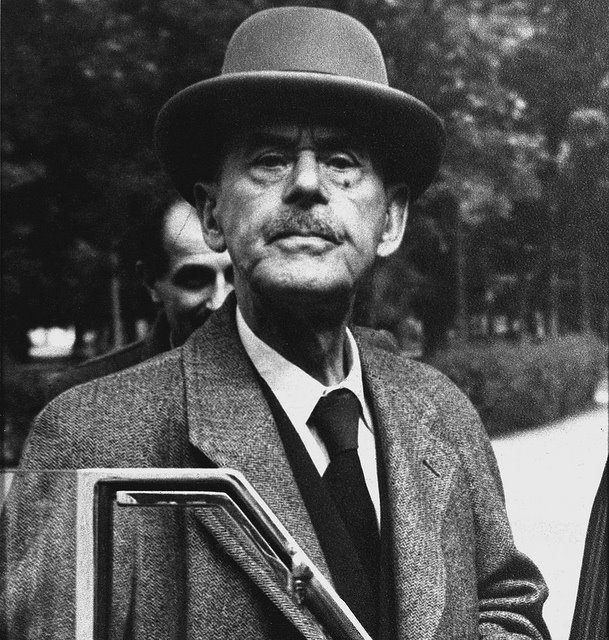
Despite what James Bond would have us believe, the real-life games of espionage often have little to do with fast cars, beautiful women, and unnecessarily large explosions – but that doesn’t mean the work is dry, either. As Mark Lamster’s new book “Master of Shadows” attests, international espionage can be deeply engrossing and entertaining in its own way, especially with the unusual twist that Lamster puts on it.
“Master of Shadows,” is by no means an ordinary spy-thriller. It’s a true story that takes place in late 16th to early 17th Century Europe – no fancy gadgets to be had here. But the really interesting thing about “Master of Shadows” is the spy himself – Peter Paul Rubens, the renowned painter considered at the time to be the greatest artist of his day. His skills with a brush gave him access to the most prestigious courts in Europe, and curried favor with powerful monarchs and political leaders. Combined with his natural diplomacy and keen political astuteness, Rubens was the perfect spy.
However, being the perfect spy in this case might not seem all that grand. The espionage Rubens practiced basically amounted to a lot of letter writing, waiting a long time for a response, and then discreetly traveling to foreign cities to negotiate with other diplomats. These acts in themselves do not seem that exciting. Or do they? That depends on whether readers appreciate the enormous stakes at hand, and also the tremendous skill and tact required by Rubens to mediate clandestine negotiations between say King Philip IV of Spain and King Charles I of England.
For anyone interested in the subtle art of statecraft and diplomacy, “Master of Shadows” is an excellent read. The book talks in great detail about the nuanced and precarious relationships between European governments and spies like Rubens operating on their behalf. Many of Rubens’ original correspondences are referenced and analyzed in order to explain what he was trying to accomplish and how.
To support this analysis, the book takes a comprehensive view of history. It paints a fascinating and thorough picture of the social, political, and religious landscapes of the time. This is not only useful context for Rubens’ exploits; it also serves to broaden understandings of what life was like when he was alive. There is so much to learn from “Master of Shadows” about history and politics it falls in the category of works like Machiavelli’s “The Prince.”
Another of the book’s main strengths is Rubens, a compelling and charismatic hero. Lamster does an excellent job of capturing his charming personality. Born into a struggling middle-class family in the Spanish Netherlands (modern-day Belgium), he rose to the upper echelons of European aristocratic society solely on his own artistic merit. All the while he remained a steadfast advocate for humanist and progressive ideals. He devoted his diplomatic career to securing peace between England, Spain, and Holland, and a treaty to end the devastating Eight Years’ War that ravaged his homeland.
Besides his moral character is, of course, Rubens’ art. His painting is a major subject in the book, since his diplomatic and artistic careers were so intertwined. All of his major commissions and greatest works are analyzed and explained, from his days as a humble court painter in Italy, to when his workshop was the most renowned in Europe. Alongside his art, the book gives a full account of Rubens’ life, enough to be considered a comprehensive biography on the man.
Thanks to the book’s unusual premise “Master of Shadows” caters to a wide variety of interests, but though it’s full of interesting information, it’s most likely to appeal to aficionados of its three main subjects: diplomacy, history, and art. Other readers may find the book inaccessible just because of the sheer quantity of information to wade through. The writing is generally clear and easy to understand, but it’s sometimes weighed down by historical names, dates, and the like. Furthermore, the book has a distinctly scholarly tone. It doesn’t exactly qualify as leisure reading.
Even so, “Master of Shadows” is still an achievement. It recovers the life and reputation of one the greatest artists in history. As a painter, Rubens’ has been overshadowed by his contemporary’s like Rembrandt and Caravaggio, and his important role as a diplomat is typically just a footnote in European history, if that. Though unquestionably a genius, his extravagant and sensual allegorical paintings appeal almost exclusively to the tastes of his age. Most likely nothing can be done to restore Rubens’ popularity, but his masterful skill is better appreciated thanks to this book.
The one thing to remember about “Master of Shadows” is not to be fooled by its melodramatic title. Rubens bears exactly no resemblance to Bond, and the book is devoid of all the cheap entertainment the name implies. What the book does have though is subtlety and complexity, and a wealth of information on politics, history, and art. Even if this makes for a challenging read at times, “Master of Shadows” has plenty to offer in reward.
Andrew Cogan can be reached at [email protected].






